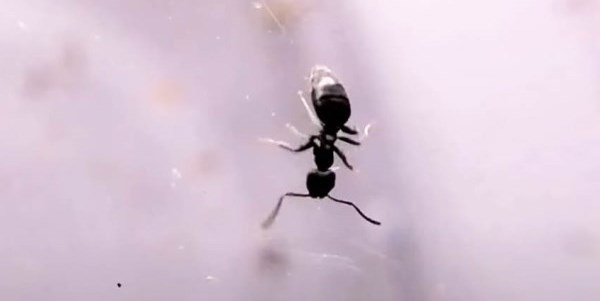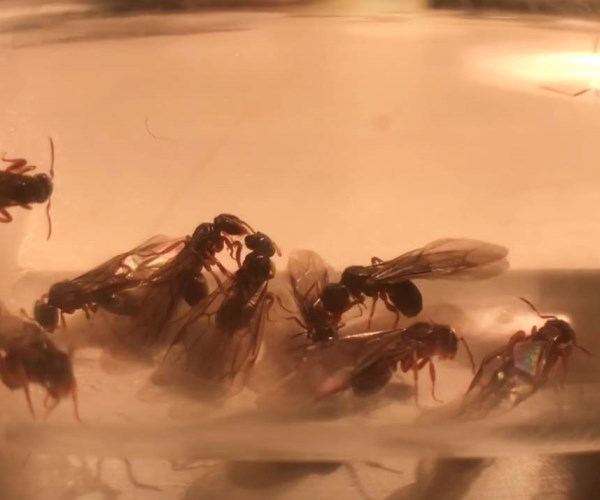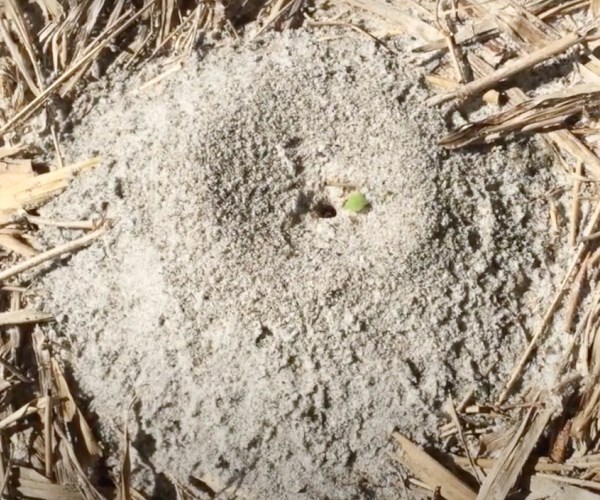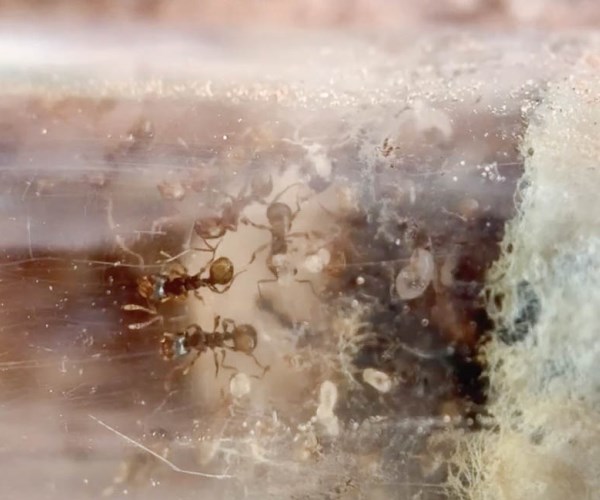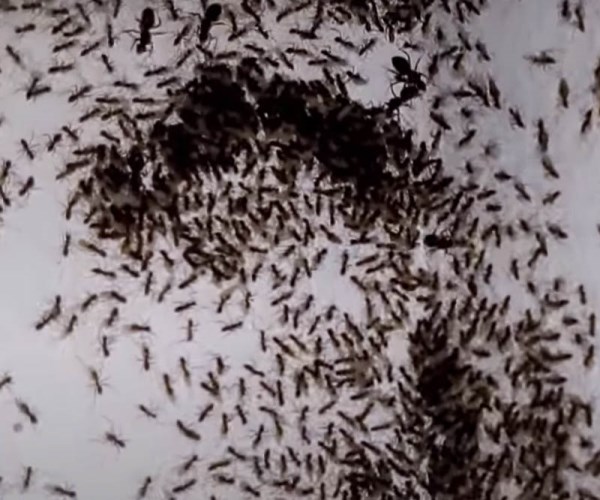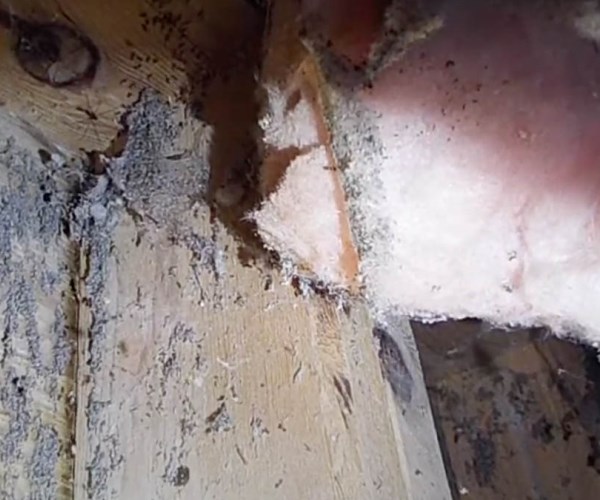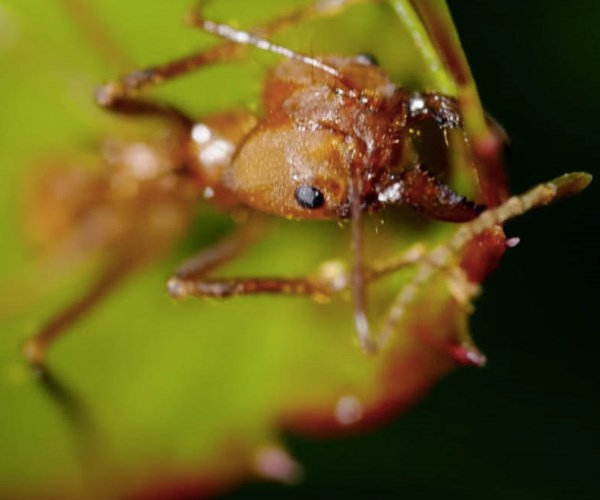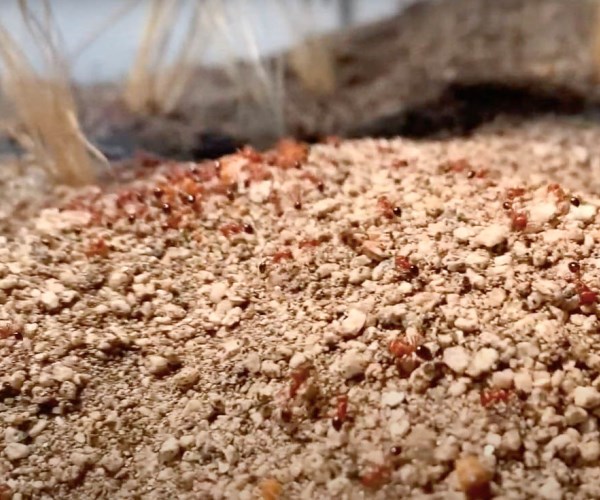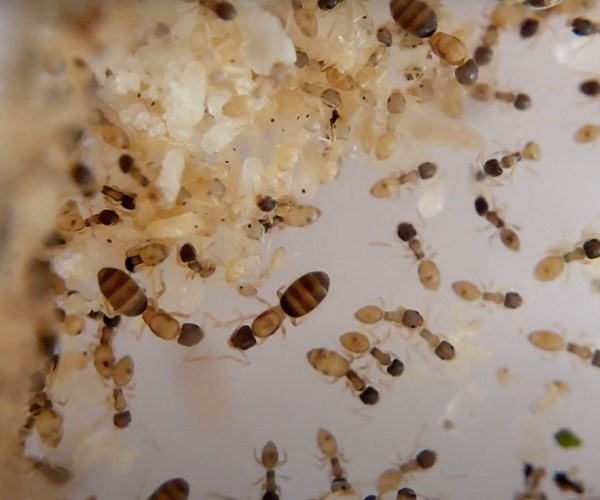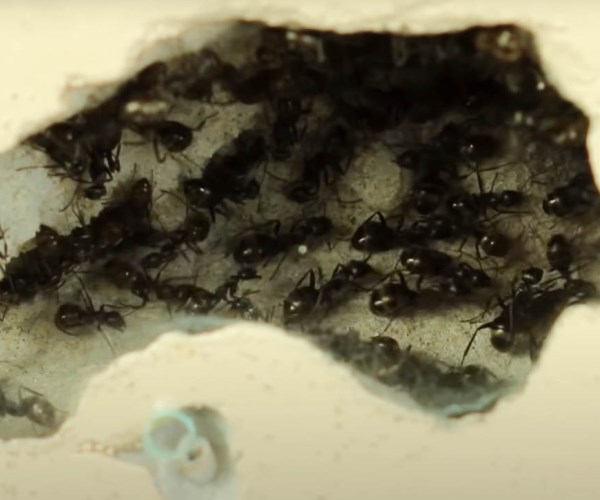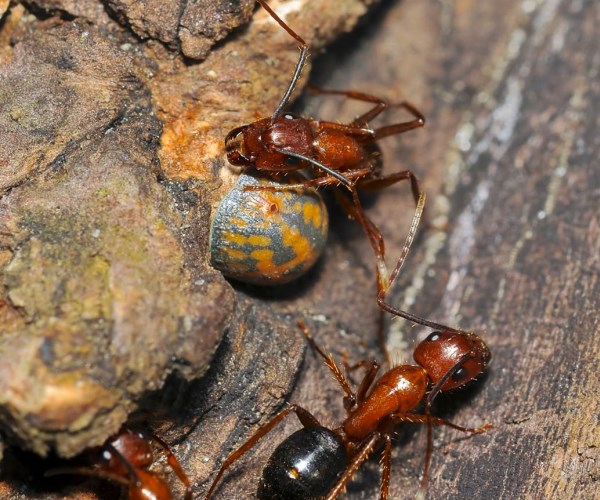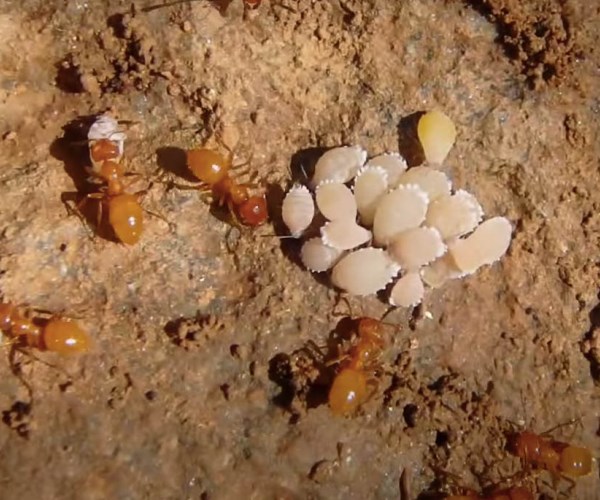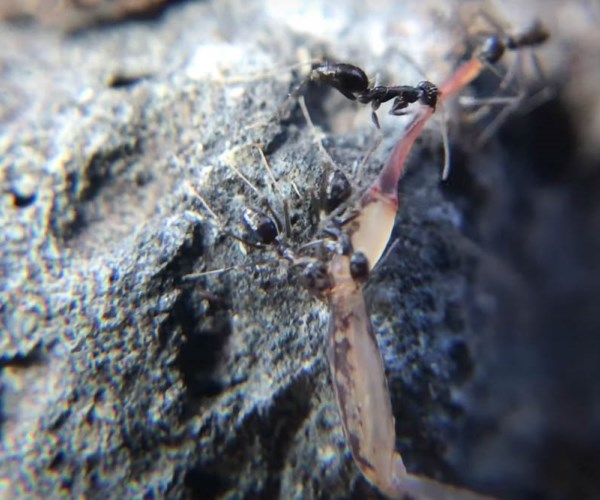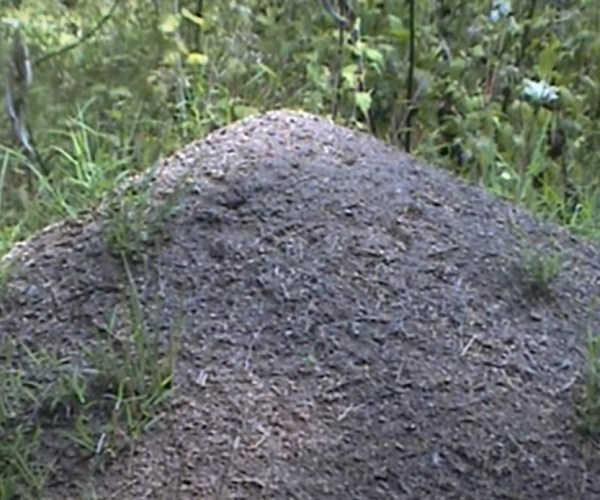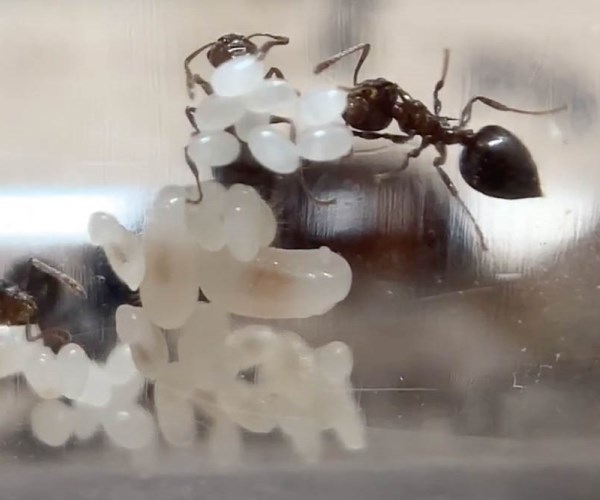About Pharaoh Ants
About Pavement Ants
Pharaoh ants constitute a serious nuisance in homes and are known to infest other kinds of buildings, including hospitals and laboratories. They get their name from the assumption that they were part of the plagues of Egypt. In the US, they are mostly indoor ants that are drawn to sources of moisture and warmth.
Appearance
Pharaoh ants are light yellowish to reddish insects with a small size. They are about 1/16 -inch long. The antennae of pharaoh ants have 12 segments, while the antennal clubs have three segments. They are minute ants that could easily be mistaken for thief ants. They differ from thief ants because they have a three-segment antennal club. The antennal club of thief ants has two segments.

Behavior
The diet of pharaoh ants is comprised of a wide range of foods. They particularly like protein and sugar sources. Pharaoh ants also feed on dead and live animals.
They are suspected to be natives of Africa and more suited to the tropics. They are widely distributed across the US. The population of pharaoh ants is particularly established in the warmer areas of the US. It is noteworthy that pharaoh ants are more suited to outdoor living in the southern latitudes. In the northern latitudes, they could infest heated buildings and establish large colonies. Pharaoh ants are particularly regarded as common household ants that are difficult to control.
Pharaoh ants are particularly drawn to warm areas and create their nests in these areas. They can also adapt to diverse areas and are known for the creation of well-hidden nests. They live in large colonies and create nests in shaded areas. They also create nests under debris. Pharaoh ants may move to new areas when their colonies become too large or when they are disturbed. When outdoor environments become uncomfortable for them, especially in the northern climates, they move into buildings.
The ants infest different kinds of buildings, including homes, hospitals, and hotels. When they nest outdoors, they stick to open spaces such as lawns and gardens. As insects that are drawn to moisture, they nest outside buildings with a constant supply of water, or sprinkler systems. Within homes, pharaoh ants are found close to sources of water such as sinks, toilets, drains, and countertops.
Pharaoh ants are not known to be swarmer’s. Mating typically occurs within the nests. The queen then lays eggs in batches, which hatch into the young insects. It takes about 40 days for pharaoh ants to hatch out of eggs. They are a highly persistent species which create daughter colonies out of established colonies.
Damage they cause
Regarded as common household pests, pharaoh ants can establish large populations in different kinds of environments. They infest residential and commercial buildings. Even hospitals and laboratories can be infested by the ants. Pharaoh ants can cause a serious pest problem that could cause homeowners to sell their properties. When they enter homes, they nest in areas with easy access to food and water. Foods that are sources of fat, protein, and sugar are especially appealing to pharaoh ants. Foods left uncovered are a major attractant of pharaoh ants.
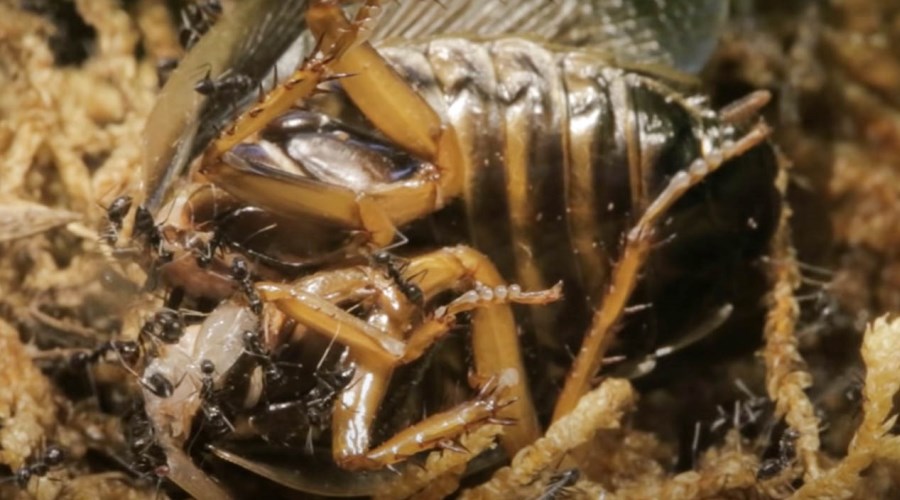
Apart from being nuisance pests, pharaoh ants carry different kinds of harmful diseases. The diseases they spread include salmonella and Streptococcus pyogenes. They are notorious pests in hospitals, where they disturb patients and enter wounds and IV bottles.
Signs of infestation
The ants are commonly found in bathrooms and kitchens. They may also be found along trails on window sills, plumbing, baseboards, and electrical wires. When they infest buildings, pharaoh ants can be seen amongst clothes, papers, and sheets; behind cabinet voids, and within curtain rods.
Foraging sites of pharaoh ants could be located close to their nests. This is why their foraging trails can be applied in the prevention and control of infestations. The foraging sites could also be far away from their nesting nests. There are cases where the nesting sites are never found.

